LYNNE MAPP DREXLER (1928-1999)
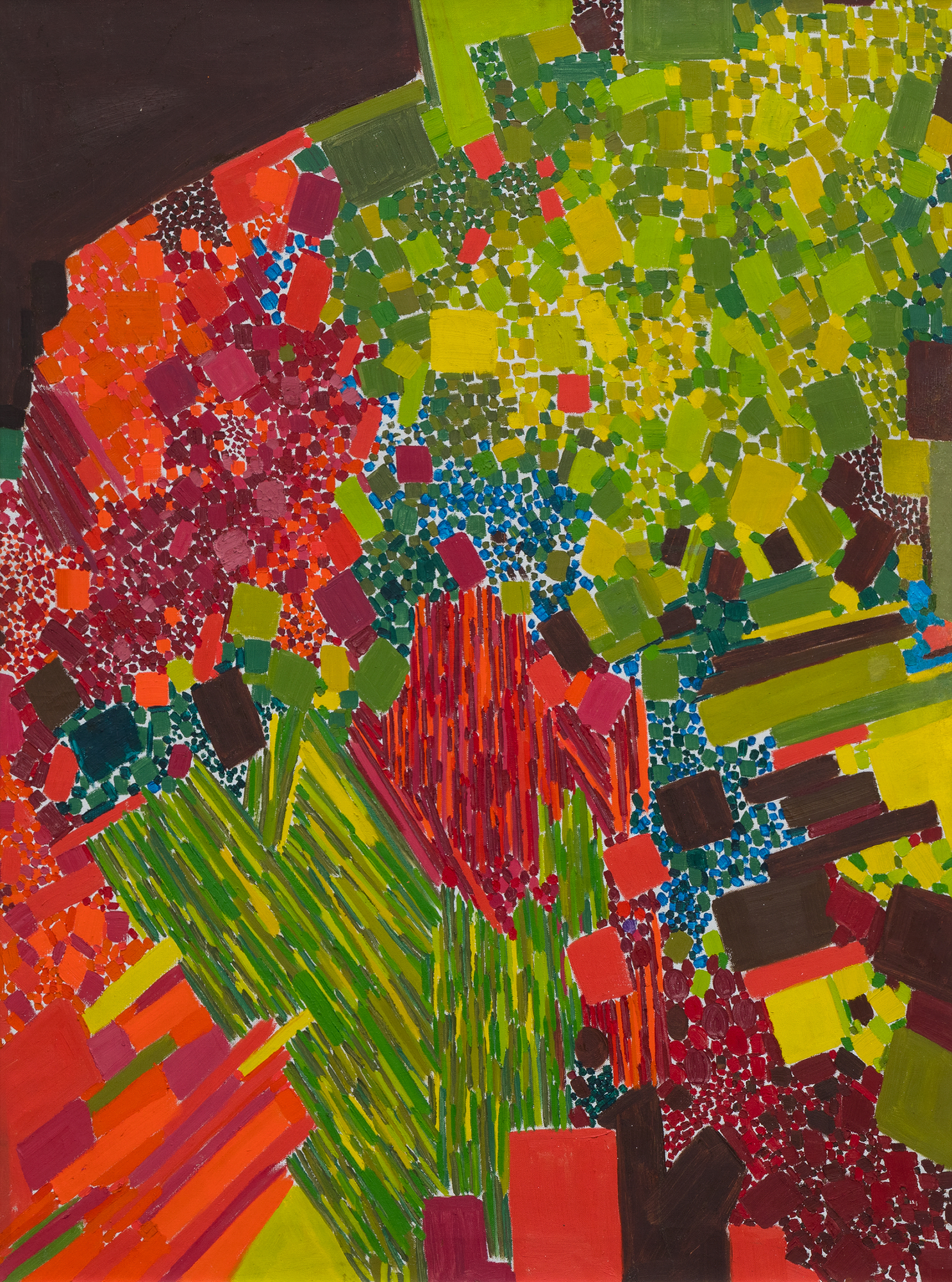
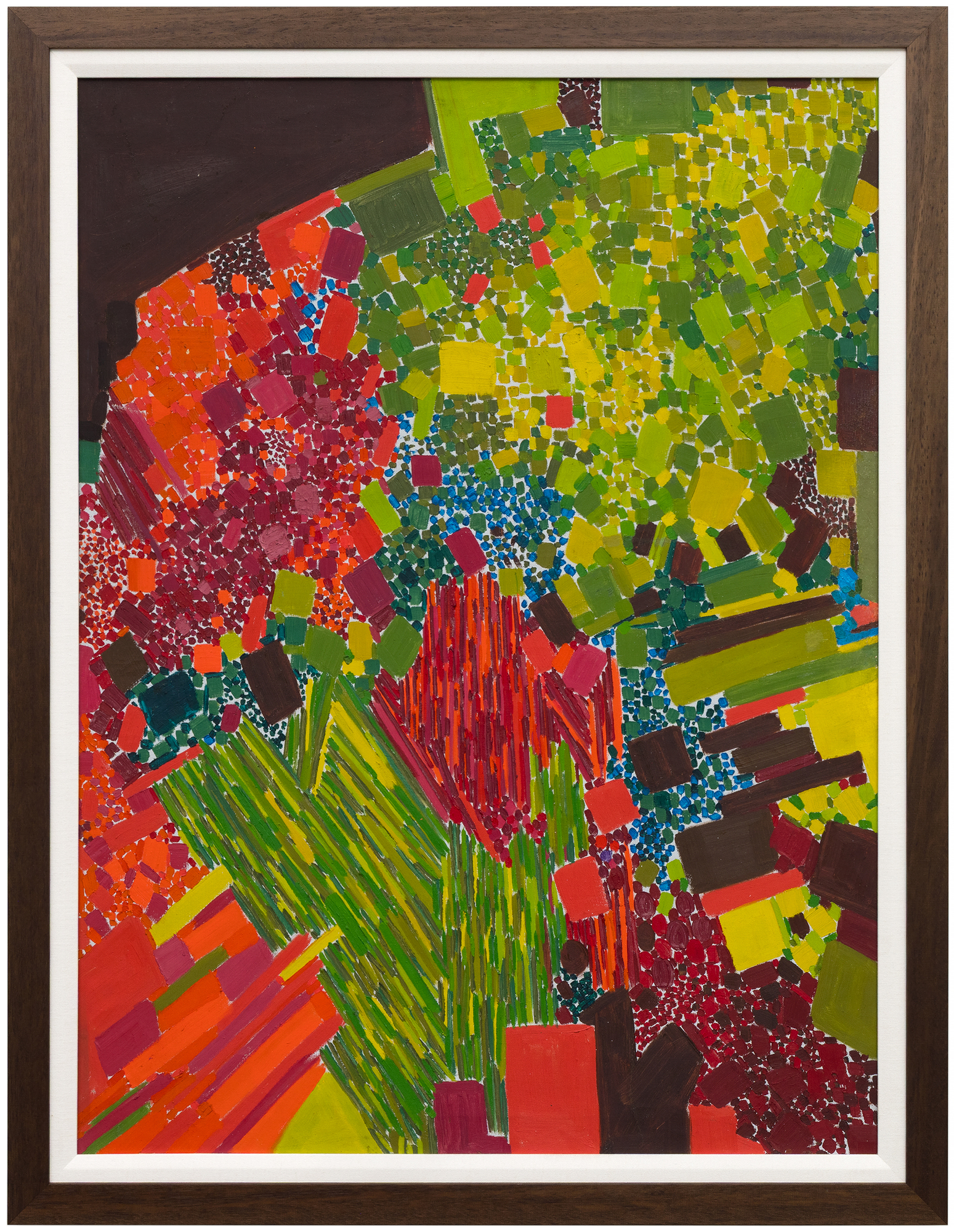
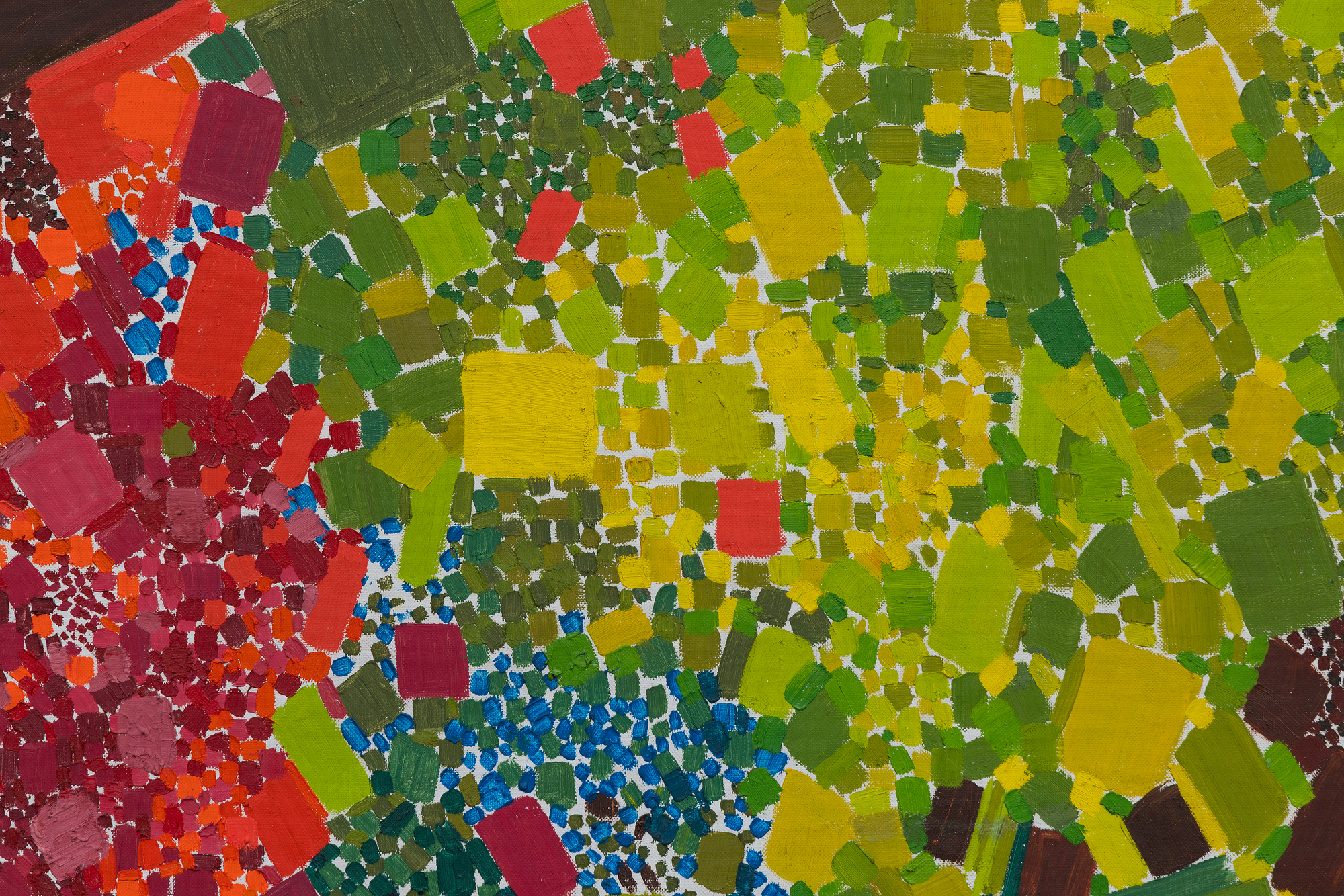
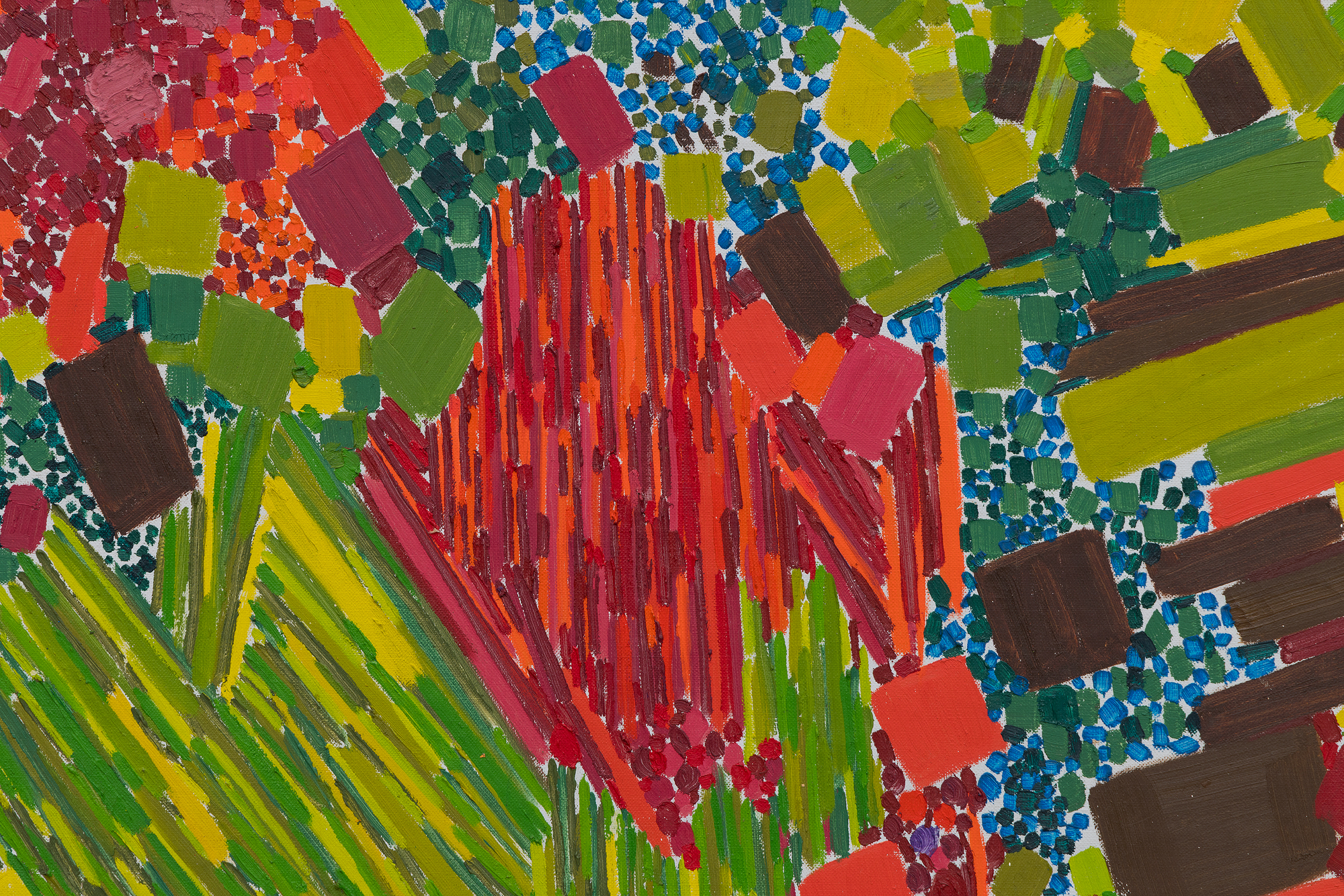
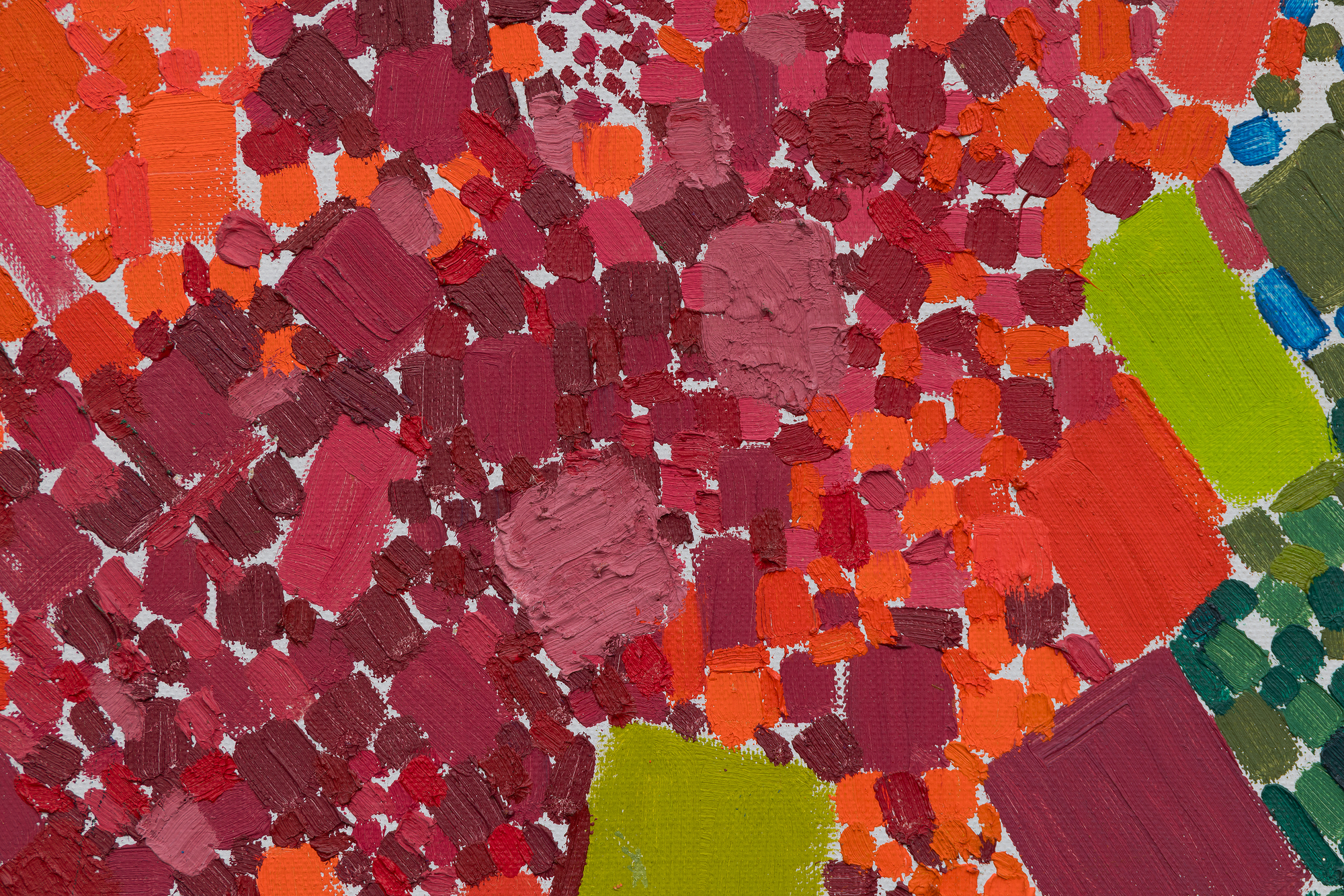
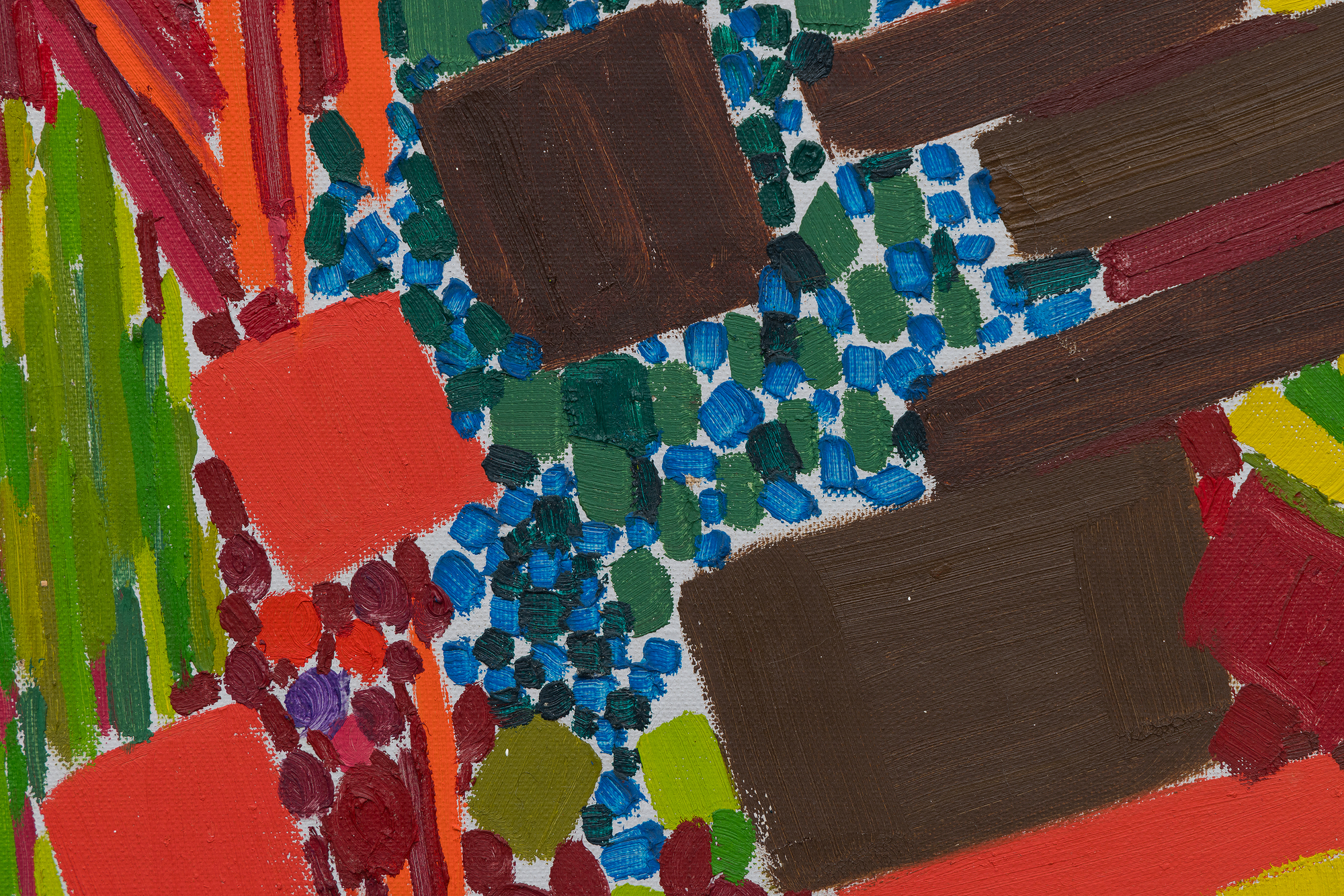
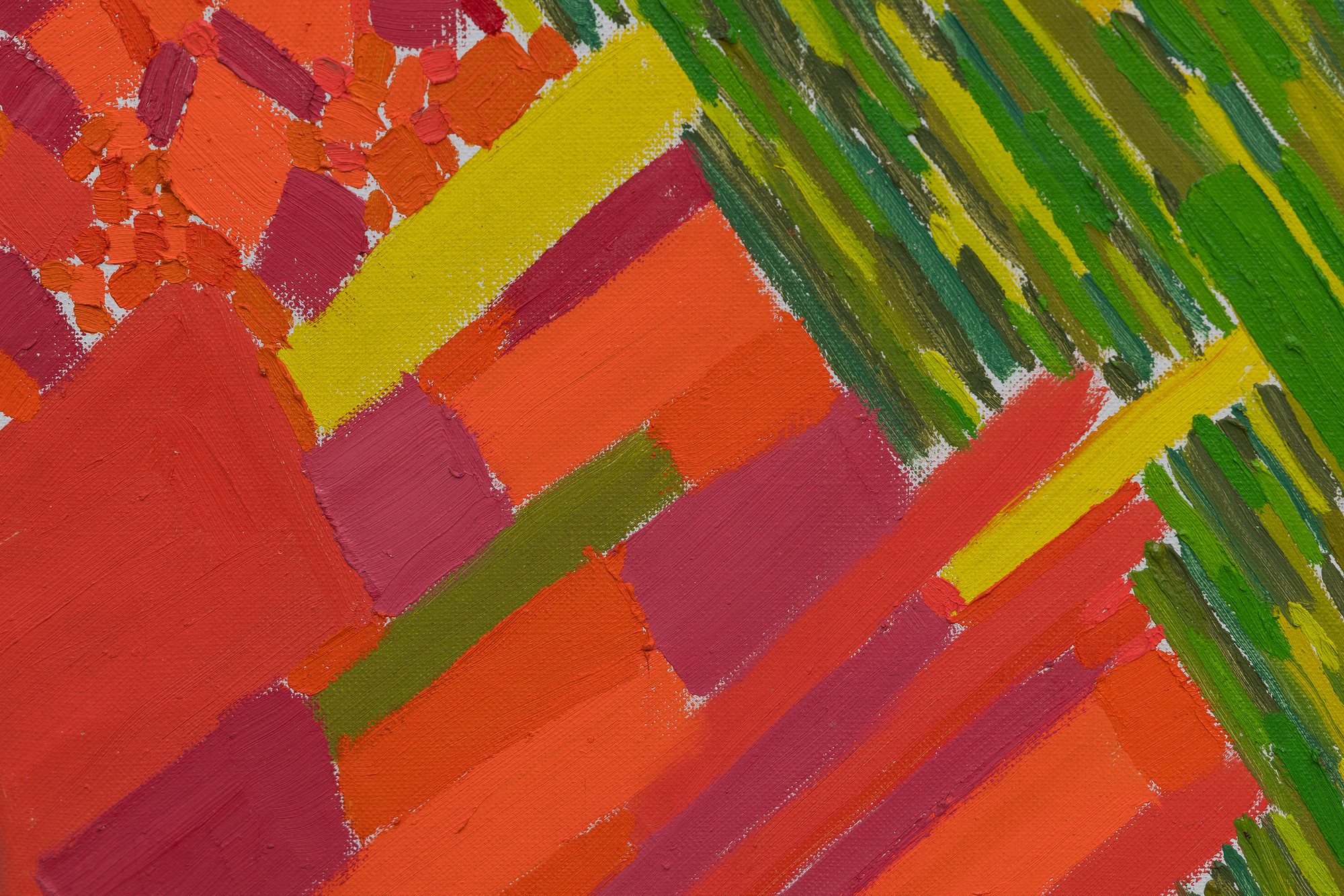
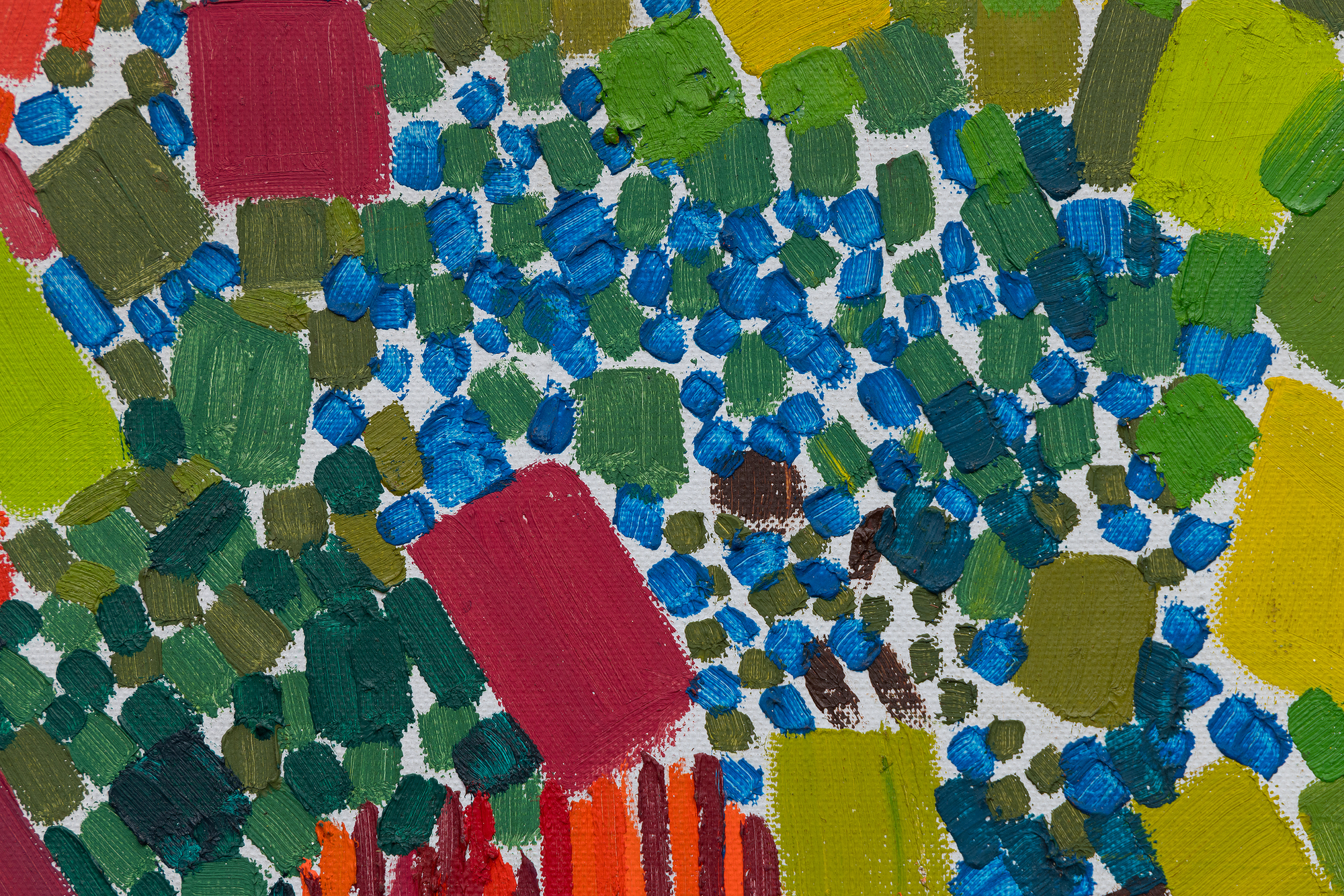
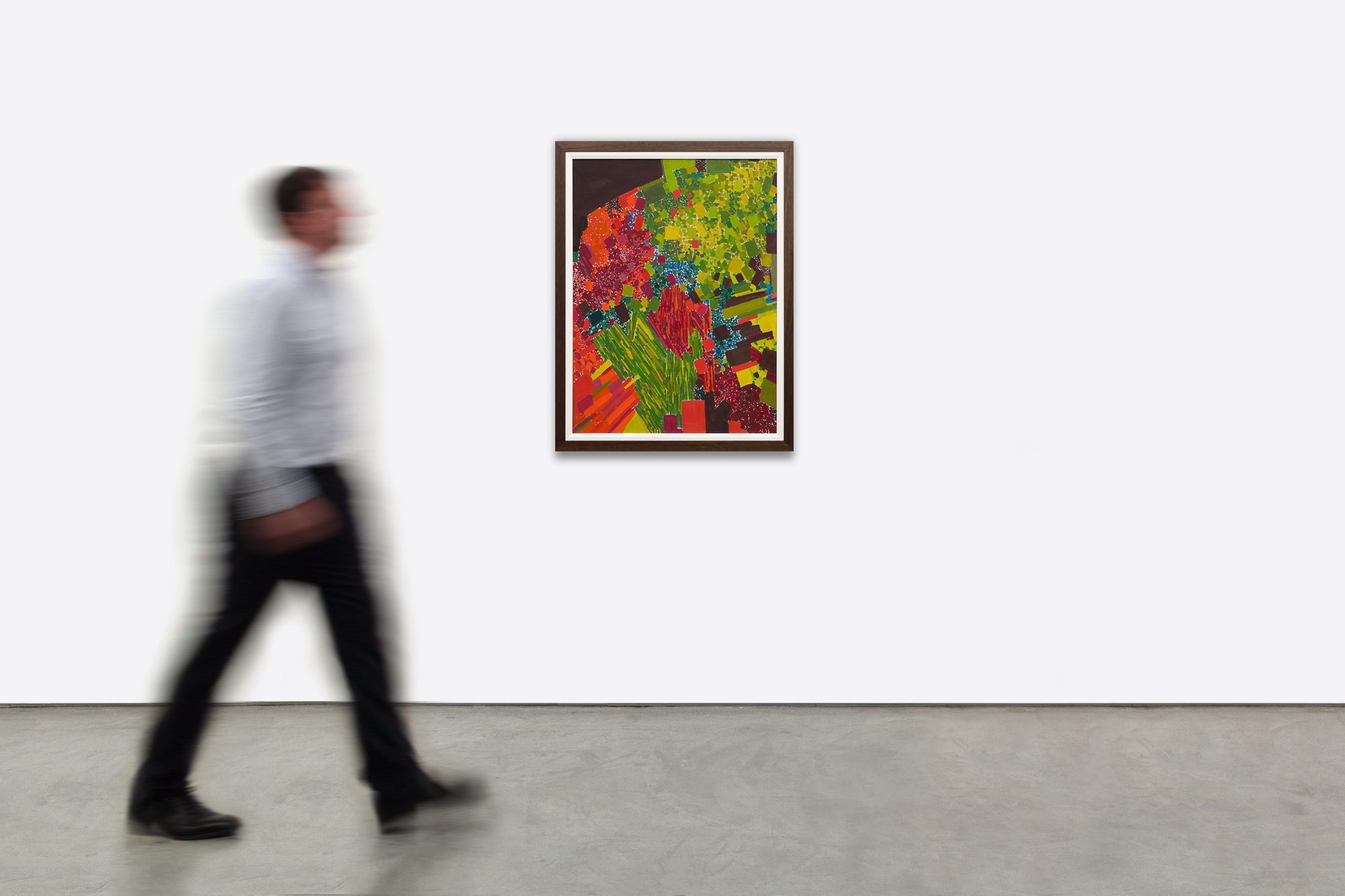
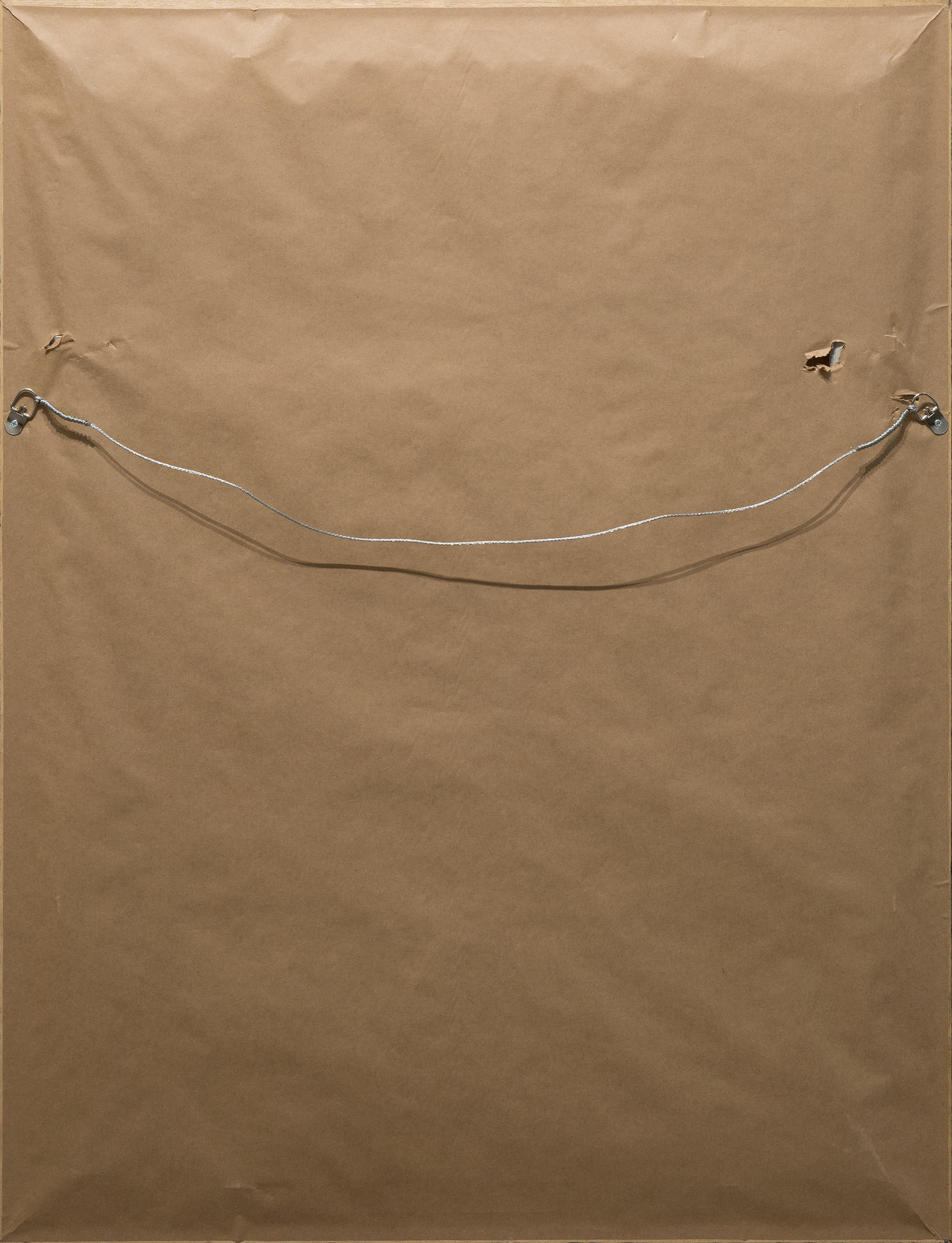
Procedencia
Galería Lupine, Monhegan, MaineColección privada, adquirida a los anteriores
Phillips Nueva York, miércoles 15 de noviembre de 2023, Lote 106
Colección privada, adquirida a los anteriores
Precio375,000
En esta obra, el color prima sobre la forma, y Drexler utiliza la intensidad cromática para crear ritmo y estructura. Su técnica resuena con la influyente teoría "push-pull" de Hans Hofmann, en la que las relaciones de color generan profundidad espacial y tensión sin depender de la perspectiva tradicional. Al mismo tiempo, el vigor gestual y la calidad improvisada de la pincelada reflejan la influencia de su maestro Robert Motherwell, que fomentaba la libertad expresiva y la inmediatez emocional.
"Primavera esporádica" capta la síntesis de disciplina y espontaneidad de Drexler, revelando cómo se forjó una voz propia dentro de la Escuela de Nueva York al tiempo que anticipaba la abstracción lírica que definiría su estilo de madurez.


